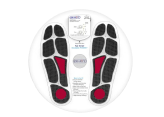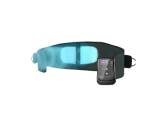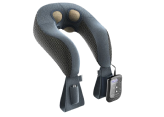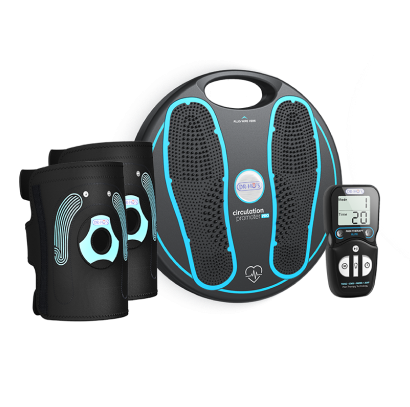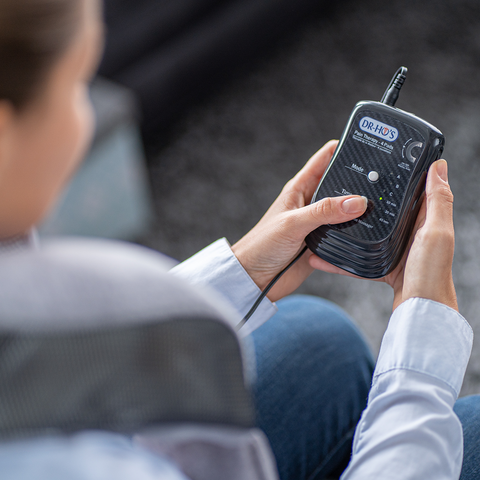How Do TENS Machines Work?
If TENS machines are really an effective way to relieve pain, we have one main question: how do they do it? People, who hear about TENS for the first time have to ask “how do TENS machines work?” Find out how a TENS machine is capable of temporarily relieving pain, improving muscle performance and temporarily increasing local blood circulation.
TENS stands for Transcutaneous Electrical Nerve Stimulation. A TENS machines stimulates the muscles and nerves for the muscles to contract and relax. This stimulation stimulates healthy muscles to improve muscle performance, temporarily increase local blood circulation as well as help with symptomatic relief of chronic pain and pain from arthritis. There has been a wealth of research supporting the efficacy of TENS machines for temporary analgesic purposes.
TENS devices come in a variety of different configurations. They can be found as belts for temporary relief of lower back pain, as devices that provide temporary increase of local circulation to the bottom of the feet, and as electrode systems that can be applied on neck, shoulders, arms, hands, back, hip, legs, knees and feet.
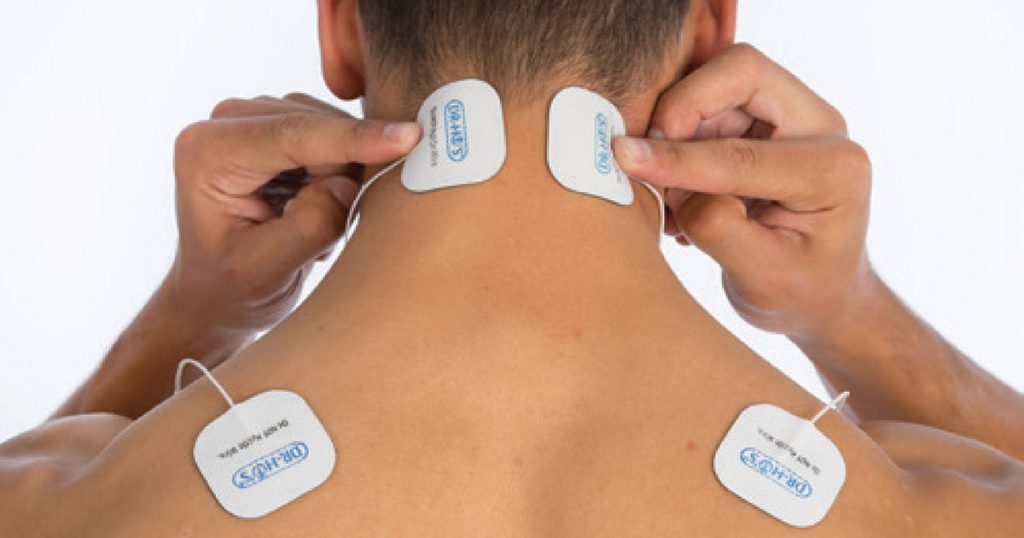
What Does TENS Stand For?
TENS stands for Transcutaneous Electrical Nerve Stimulation. The name alone can help to explain the process around how TENS machines work. Each word reflects a key step:
Transcutaneous
This is defined as the application or penetration through the depth of the skin. It refers to the impulses that are initially sent through the skin during TENS therapy.
Electrical
The impulses are gentle electrical stimulations generated through electrodes that travel into the body.
Nerve
These impulses are sent to the nerves, which are connected to the muscles and are essential to muscle contraction and relaxation.
Stimulation
The impulses work by stimulating nerves and muscles to improve muscle performance, temporarily increase local blood circulation and for the symptomatic relief of chronic pain and pain associated by arthritis.
What is TENS Therapy?
In the past, people asked ‘what is a TENS machine’ and were given little scientific evidence to answer their question. While it has existed for many decades, it was first defined in scientific terms as a mechanism in 1965. Scientists named Melzack and Wall first came up with what they called the “Gate Control Theory.” This theory showed that electricity could be used to temporarily relieve pain, and eventually resulted in the development and first use of a TENS machine.
The duration of a given TENS session can last anywhere from fifteen minutes, to a few hours in a day. While often used in formal physical therapy, modern TENS machines are available for home use and can provide effective relief when properly used. The process is easy and painless, stimulating your muscles and nerves to temporarily increase local blood circulation and the symptomatic relief of chronic, intractable pain and pain associated with arthritis. 
Do TENS Units Really Work?
Although TENS units have been used in doctors’ offices for many years and available for at-home use, people still question, “do TENS units really work?” There has been sufficient scientific evidence proving that TENS therapy is not only effective in temporarily relieving sore and achy muscles, but also the temporary increase of local blood circulation and symptomatic relief and management of chronic, intractable pain and pain associated by arthritis.
Learn more about TENS on the DR-HO'S Blog!
TENS Machines: This is Everything You Need to Know
How to Choose a TENS Machine
Do TENS Units Really Work?
TENS Machine Side Effects: Is TENS Therapy Safe?
How Long is it Safe to Use TENS For?
How to Use TENS to Relieve Sore and Aching Muscles
What Sets DR-HO’S TENS Machines Apart?
DR-HO’S Pad Placement Guide for Chronic Pain
Can TENS Machines Help With Muscle Recovery Post Workout?



